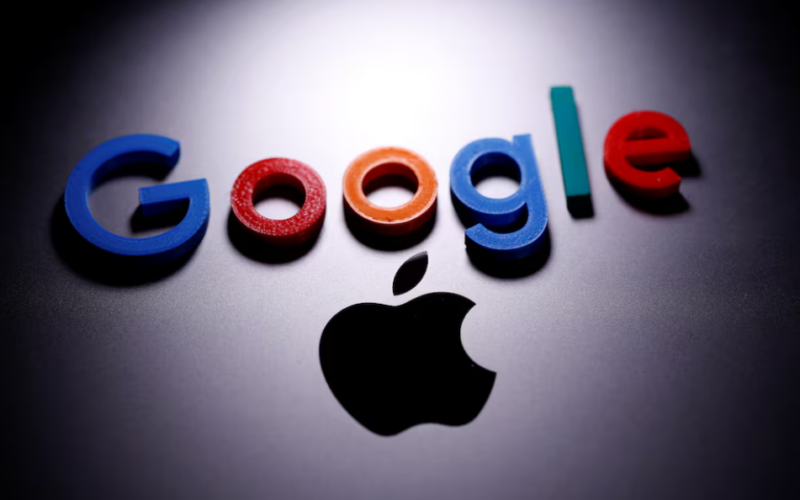Tech giants Apple and Alphabet’s Google are bracing for significant regulatory challenges as antitrust authorities on both sides of the Atlantic intensify scrutiny over alleged anti-competitive practices, raising the specter of potential break-up orders, a move unprecedented in the industry.
The current regulatory landscape indicates a watershed moment for Big Tech, with mounting investigations in various countries following high-profile cases initiated by the European Union and the United States. This renewed focus on antitrust enforcement has prompted discussions about potential structural remedies, including break-up orders akin to the historic dismantling of AT&T in 1984.
Both Google and Apple have vehemently contested the allegations against them. Google has expressed disagreement with the EU’s accusations, while Apple has adamantly defended its position, dismissing the U.S. lawsuit as erroneous on factual and legal grounds.
Regulators allege that these tech giants have established closed ecosystems around their products, creating significant barriers for consumers to switch to alternative services. This phenomenon, often referred to as “walled gardens,” has drawn criticism for stifling competition and innovation.
In the United States, the Department of Justice has signaled its readiness to pursue drastic measures against Apple, including the possibility of a break-up, following a lawsuit filed in collaboration with 15 states. However, legal experts anticipate a protracted legal battle, underscoring the complexity of the case compared to past antitrust actions.
Meanwhile, in Europe, authorities are gearing up to investigate potential violations of the Digital Markets Act (DMA) by Apple, Meta Platforms, and Alphabet, with potential penalties including substantial fines and structural remedies. European lawmakers are advocating for bold action to ensure market openness and fairness, with some suggesting break-ups as a potential solution.
However, the feasibility of break-up orders remains uncertain, with regulators considering various options and potential legal challenges. Experts point out the intricate nature of Apple’s integrated system, presenting significant obstacles to any structural separation compared to Google.
While structural remedies such as break-ups may be on the table, regulatory agencies could opt for alternative measures such as behavioral remedies or enhanced oversight to address antitrust concerns. Ultimately, any decision on break-ups is likely to face rigorous legal scrutiny and testing in courts.
As the regulatory landscape evolves, the tech industry awaits further developments, with the outcome of ongoing investigations poised to shape the future of competition in the digital marketplace.








